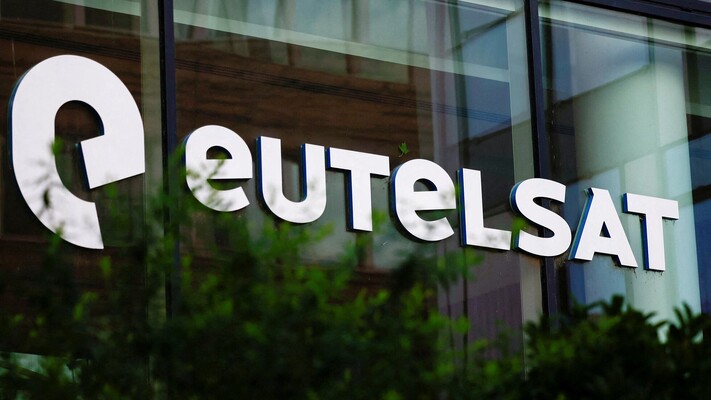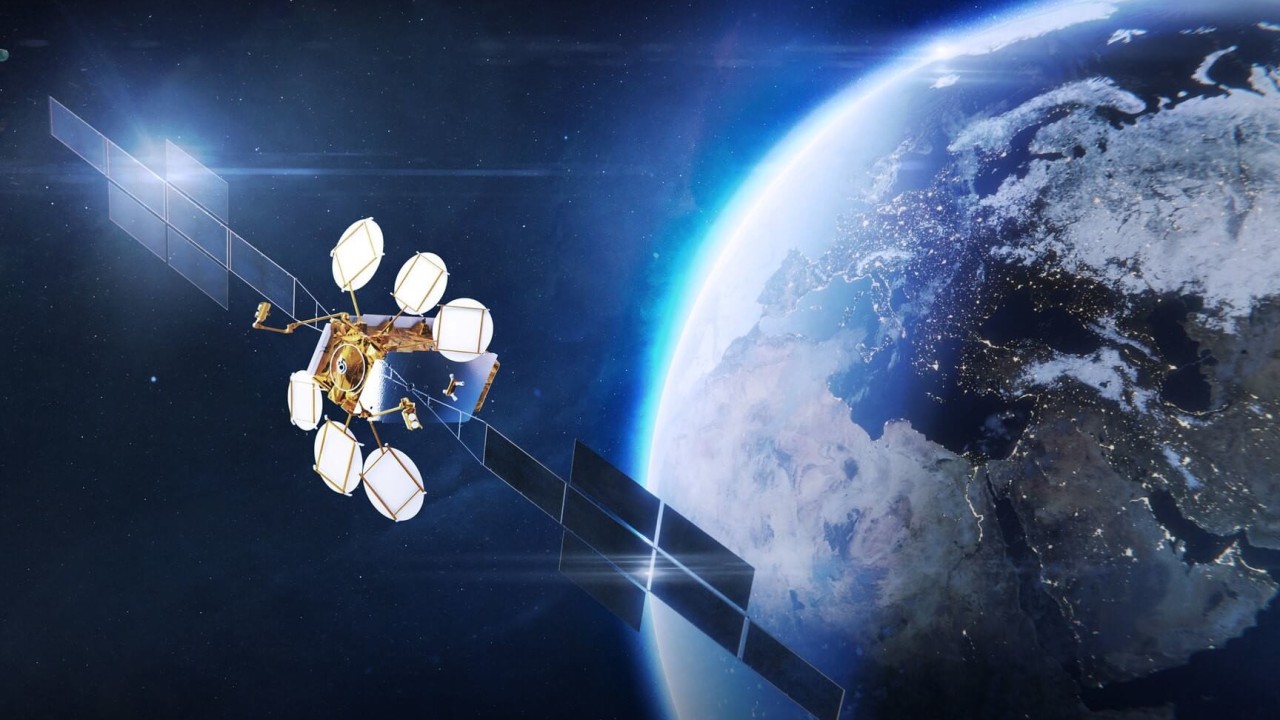Let’s skip the fluff. In this new era of digital transformation, talking about AI, data, or smart operations without talking about connectivity is like trying to fly a jet without fuel. You can have the most advanced algorithms, a top-tier digital strategy, and the brightest tech talent—but without robust, borderless connectivity, your competitive edge is on borrowed time.
And while Starlink may have stolen headlines with its global consumer coverage, something far more strategic is unfolding in Europe: Eutelsat Group , backed by a powerful capital injection, is gearing up to build the B2B and B2G infrastructure of the future—not to stream shows, but to keep businesses and governments online, everywhere, no matter what.
If you care about operational resilience, digital sovereignty, or scalable infrastructure, what happens next will matter deeply to your organization.
€1.35 billion: Not a rescue—an acceleration
This is not about staying afloat. Eutelsat’s €1.35 billion capital increase is a direct investment into its LEO satellite network, following the strategic merger with OneWeb. It’s about scale, not survival.
The difference between Eutelsat and Starlink? Starlink is going after the mass market. Eutelsat is building a fortress in enterprise-grade and government-critical connectivity. Their focus is clear:
- Connectivity in extreme environments
- Networks that don’t go down when terrestrial systems fail
- Guaranteed links for industries that can’t afford a second of downtime
It’s a high-stakes move, and it signals something Europe hasn’t had in decades: a sovereign, globally competitive space infrastructure that doesn’t answer to non-European interests.
Strategic players step in—and they’re not here for the show
The French government is now the largest shareholder, contributing nearly 30% of the capital. Add to that Bharti Enterprises, shipping giant CMA CGM, and France’s sovereign wealth fund (FSP), and you’ve got a powerful mix of state and enterprise vision behind the scenes.

Let’s be honest—governments don’t place billion-euro bets on satellite companies for nostalgia. They do it because they know that without independent space infrastructure, Europe remains vulnerable. In every way that matters.
This isn’t just about satellites. It’s about sovereignty, continuity, and the backbone of European digital strategy.
Why this matters to you—and why now
If you’re a COO, CIO, or responsible for your company’s digital infrastructure, what Eutelsat is building isn’t “nice to have.” It’s foundational.
Because here’s what isn’t said enough:
- Terrestrial networks don’t reach everywhere
- 5G won’t be truly universal for years—if ever
- Climate, cyber, and geopolitical disruptions are escalating
- If your operations rely solely on ground-based networks, you’re exposed
LEO satellites offer a new layer of always-on, low-latency connectivity—built for industrial use, not entertainment. Think of mining operations in sub-Saharan Africa. Renewable energy grids in remote regions. Offshore platforms. Humanitarian missions. Mission-critical data flows that must not break.
With Eutelsat’s new infrastructure, your business isn’t just more connected. It’s fortified.
A CEO with operational roots—not just satellite theory
Jean-François Fallacher took the helm on June 1st, 2025. He’s not a satellite industry veteran—he’s a telecoms operator with hands-on experience leading Orange in France, Spain, and Poland.
That matters.
Because what Eutelsat needs right now isn’t more aerospace engineering. It needs to think like a modern telco, deliver at enterprise scale, and speak the language of clients—not technicians.
Fallacher is already setting the tone. This isn’t about filling financial gaps. It’s about building a profitable, scalable business that serves real operational needs.
2025: global coverage. 2026–2029: next-gen expansion
Let’s talk timelines.
Eutelsat is targeting global LEO coverage by spring 2025. Not in theory—operational. Contracts are in place. Hardware is being manufactured. And beyond that, the second-generation constellation (Gen 2) is already in motion.
What does Gen 2 bring?
- Lower latency
- Higher throughput
- Smarter power efficiency
- Seamless integration with terrestrial and cloud networks
In other words: it’s not just faster, it’s enterprise-ready at scale.
You don’t get strategic advantage by waiting for the crowd
Let’s be blunt.
You already know how these things go. The early movers seize advantage. The rest follow when the edge is gone.
While others watch this unfold on LinkedIn, you could be testing satellite redundancy for your global operations. You could be leading digital twin models for off-grid assets. You could be the benchmark others cite at conferences next year.
Let’s ground this with real examples:
- A logistics company tracking high-value shipments across borders with zero signal loss
- An energy provider ensuring uninterrupted operation of distributed grids
- A government agency maintaining crisis comms during natural disasters
Eutelsat’s architecture is being built for these use cases—and yours.
What should you be doing now?
If you’re serious about resilience, here’s where to start:
- Audit your network dependencies. Where is your uptime at risk?
- Assess your critical zones. Where would satellite backup reduce downtime or risk?
- Review vendor roadmaps. Are your tech partners satellite-aware—or stuck in the ground layer?
- Integrate space into your IT strategy. It’s no longer niche—it’s infrastructure.
Europe made its decision. Will you make yours?
This is Europe stepping up, not to follow, but to lead. Not to replicate, but to differentiate.
From The Pineapple Corp. , we’ve advised decision-makers for years on what’s next in tech. We don’t deal in hypotheticals. We look at capital flows, industrial moves, and infrastructure signals. And when we see state-backed satellite constellations built for business resilience, we take action.
This is not a drill. This is the connectivity layer of the next industrial wave.
And it’s yours to leverage—if you move now.










